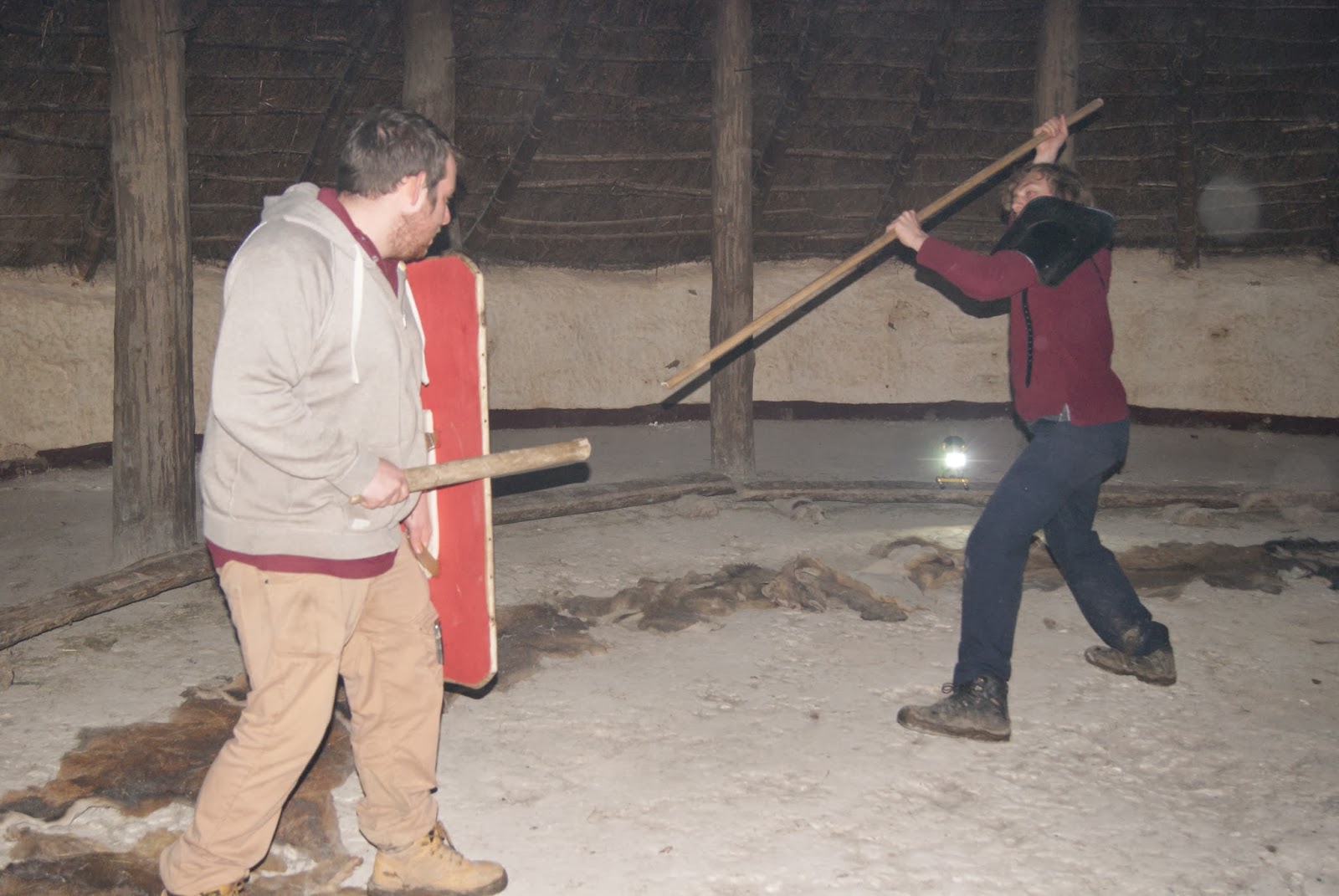On Saturday 3rd May, Butser Ancient Farm will be
holding its biggest event of the year, Beltain.
The weather is set to be spectacular and the event even more
so. We have many things planned, but this blog is about what I have been
involved in.
For 9 months, three of us have undergone intense Gladiator
combat training. It has been much harder than any of us expected. Constant
bruises and many cuts were not in the game plan, but with the hard work done
and the blood spilt, we are ready for our first public event. On the 3rd
of May, we would love you to be part of our most ambitious undergoing as a
re-enactment group and support our three Gladiators in their opening games!
Heinacus:
A Sicilian con-man who tried his luck a little too far. He
conned a wealthy merchant who had powerful friends; the merchant gave him an
ultimatum, repay the debt or die. Heinacus had already spent the money living the
life of the wealthy, and too much drink and too many women had left him unable
to repay. The merchant was a sponsor of a Ludus. Heinacus was offered the
chance to sell his freedom and wipe away the debt.
Now renowned as one of the finest gladiators to grace the
sands — many have fallen to his spear. A favourite with the ladies, he only
fights with honour.
Lupus:
A tribal king from Carthage, he was Hannibal’s best
commanders during the Punic war. Feared by the citizens of Rome, he defeated
11000 legionaries in one day. Eventually the Romans prevailed and Lupus was
captured.
His unrivalled skills made him perfect for Gladiatorial
combat and he soon became a champion of the arena. He strikes fear into the
heart of all opponents. His fighting ability has made him a favourite for some,
and his arrogance has made him hated by others.
Cassus.
This Spaniard was once a soldier with the IX Legion. His hot
headed ways often got him into trouble as he took on situations beyond him, but
often coming out unscathed. His fortunes dramatically changed when he fell in
love with his commander’s daughter, Amelia. When Amelia was caught in his
embrace, Cassus was condemned to life in the arena.
His modest style undermines his greatness. He lacks the
showmanship of past champions, but not the skill. He fights for one thing,
freedom. He dreams of reuniting with his sweet Amelia.











